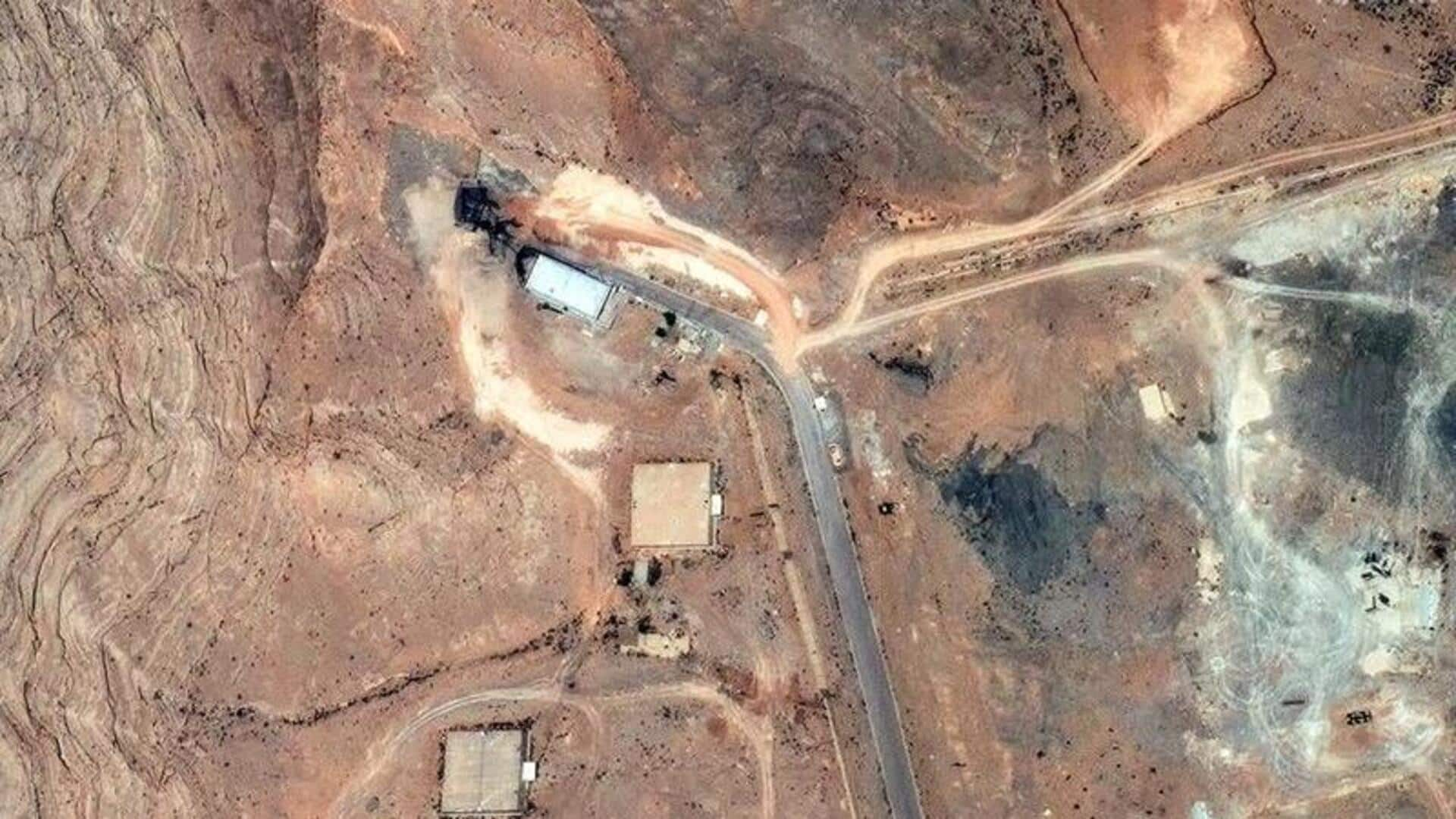
Intel assessment suggests US strikes didn't destroy Iran nuclear sites
What's the story
A preliminary United States intelligence report has revealed that the recent military strikes on Iran's nuclear facilities—Fordow, Natanz, and Isfahan—did not destroy the core components of its nuclear program. The assessment, prepared by the Defense Intelligence Agency (DIA), the Pentagon's intelligence arm, was based on a battle damage evaluation by US Central Command after the strikes, one of the sources told CNN. The findings contradict President Donald Trump's statements that the strikes "completely and totally obliterated" Iran's enrichment facilities.
Damage assessment
Assessment concludes US action only delayed Iran's program by months
According to two sources familiar with the assessment, Iran's stock of enriched uranium remains intact. One source said centrifuges are largely "intact," while another claimed enriched uranium was moved out before the strikes. The DIA concluded that the US action only delayed Iran's nuclear program by a few months at most. The White House acknowledged the existence of the assessment but stated that they disagreed with it.
Official disagreement
White House disputes report
In a statement to CNN, Press Secretary Karoline Leavitt called it "flat-out wrong" and accused an anonymous intelligence community member of leaking classified information to the channel. "The leaking of this alleged assessment is a clear attempt to demean President Trump, and discredit the brave fighter pilots who conducted a perfectly executed mission to obliterate Iran's nuclear program. Everyone knows what happens when you drop fourteen 30,000 pound bombs perfectly on their targets: total obliteration," she said.
Assessment alignment
US action set back Iran by 2 years
The Israeli assessment also found less damage on Fordow than expected. Israeli officials estimate that the combination of US and Israeli military action on various nuclear sites slowed the Iranian nuclear program by two years, presuming they can rebuild it unhindered. Three sources, on the other hand, told Reuters that the evaluation indicated that Iran could restart its nuclear program in a couple of months, with one estimating it could restart in a month or two.
Operation success
US military clarifies plan not meant to completely destroy facilities
The US military has maintained that the operation was a success. However, Chairman of the Joint Chiefs of Staff Dan Caine said it would be "way too early" to comment on whether Iran still retains some nuclear capabilities. Meanwhile, Republican Rep. Michael McCaul clarified that the plan was never meant to completely destroy facilities but to cause significant damage as a temporary setback.
Limited impact
Israel had been carrying out strikes
Israel had been conducting strikes on Iranian nuclear sites for days prior to the US military action but claimed it needed the US's 30,000-pound bunker buster bombs to complete the job. While US B-2 bombers dropped over a dozen bombs on two nuclear facilities, the Fordow Fuel Enrichment Plant and the Natanz Enrichment Complex, the bombs did not completely destroy the centrifuges and highly enriched uranium, according to sources acquainted with the assessment.
Sources
Impact limited to aboveground structures
Instead, the impact on all three sites was primarily limited to aboveground structures, which were seriously destroyed, according to the sources. This includes the electrical infrastructure and part of the aboveground facilities used to convert uranium into metal for bomb making. The assessment is still ongoing as more intelligence comes in from within Iran.